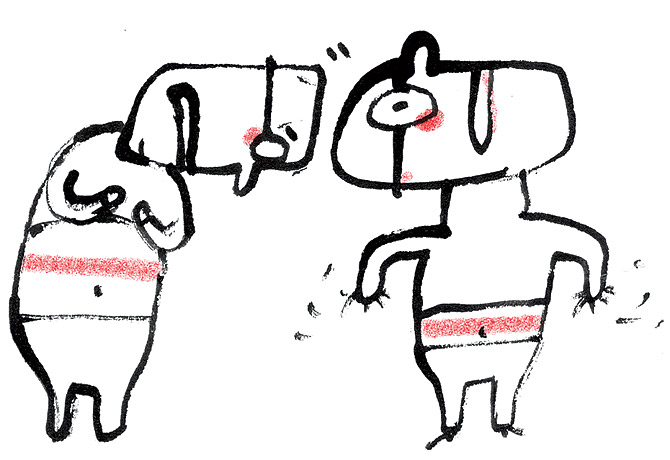
Young doctors spend a lot of time solving medical mysteries, and one of the more memorable ones I encountered occurred in the 1990s, when I was a resident in neurosurgery at the University of Michigan. A woman in her mid-60s came to our clinic complaining of severe back pain that wrapped around to her chest. That sounded a lot like a herniated disk, and her primary-care physician wanted me to examine her to determine if surgery was called for.
As she began telling me what she was experiencing, it became clear that this might be something other than spinal woes. For one thing, she had had a fever a few days earlier and was feeling run-down. She also remembered having severe itchiness in the areas where she now had pain. Her other doctors initially worried that she was having a heart attack or that she had an ulcer, though antacids brought no relief. I asked her to describe the pain. "Stabbing," she said. The clincher was a band of reddened skin — extending from the middle of her back around to her chest — and its double row of tiny blisters. The diagnosis: herpes zoster, known colloquially as shingles, from the Latin cingulum, for belt or girdle.
I was reminded of that patient after researchers at the University of Texas in Houston released a study in May showing that susceptibility to this perplexing, often debilitating disease tends to run in families. Shingles itself is not contagious, although exposure to it can trigger chicken pox in someone who has never had that infection; both are caused by the same virus. Approximately 1 in 3 chicken-pox veterans suffers a reactivation of the bug as an adult, as was the case with my patient in Michigan. Whether the virus, which can lie dormant for decades, resurfaces appears to depend on a lot of things: Age is a risk factor, since most cases occur in people 60 or older. Stress and trauma have been implicated too. So has a weakened immune system — which makes sense. Your body has to work to keep a virus shackled for so long. The University of Texas study also made a persuasive case for the role of genetics, comparing more than 500 people who had contracted shingles with more than 500 who had not. They found that shingles patients were four times as likely as members of the other group to have a parent or sibling who had had shingles.
In most cases, the shingles rash and blisters go away in a few weeks or months, but in some cases the pain can last for years. Antiviral medications can help, and in 2006 the Food and Drug Administration approved a shingles vaccine, which the Centers for Disease Control and Prevention (CDC) now recommends for all adults 60 and older. The vaccine isn't perfect, but it seems to decrease the target group's risk approximately 50%. Still, it may not be for you. If you have ever had a serious allergic reaction to gelatin or the antibiotic neomycin, you should not get the vaccine. If you have a disease affecting your immune system, like cancer or HIV/AIDS, you should opt out as well. And because the CDC recommendation is so new — it was announced this spring — you might want to check whether the $150 shot is covered by insurance before you get poked. The vaccine, unfortunately, wasn't an option for my patient, but it may be an option for her relatives, who we now know are at higher risk.